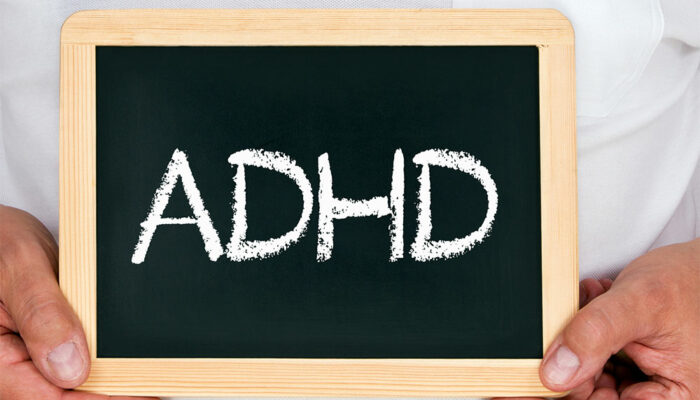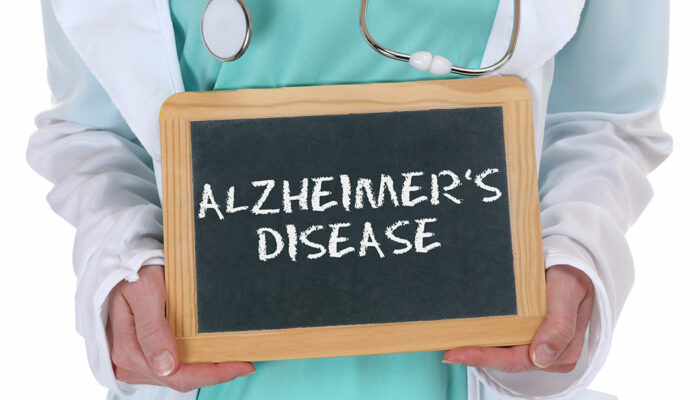
health
Glucose level charts – Importance, components, and more
The blood sugar or blood glucose level will indicate the amount of sugar in the bloodstream of a person at an instance. The sugar is carried to the cells of the body to provide energy to the different parts of the body. Our body derives this sugar from the different dietary items that we consume. The blood sugar level is controlled by the human systems so that the glucose levels are never too high or too low. The sugar in the blood is not the same as sucrose or the sugar that we consume – it is in the form of glucose. The level of blood sugar or glucose alters throughout the day. It is the lowest in the morning before you have your breakfast. It rises soon after meals but then settles after an hour or so. In a healthy person, the level of blood sugar in a fasting state will be below 99milligrams per deciliter. However, in patients with diabetes, this level is a lot more fluctuating. The main aim here is to maintain the level of blood sugar within 130 mg/dl before meals and less than 180mg/dl after their meals. What Is A Glucose Chart Or A Blood Sugar Chart?
Read More 








